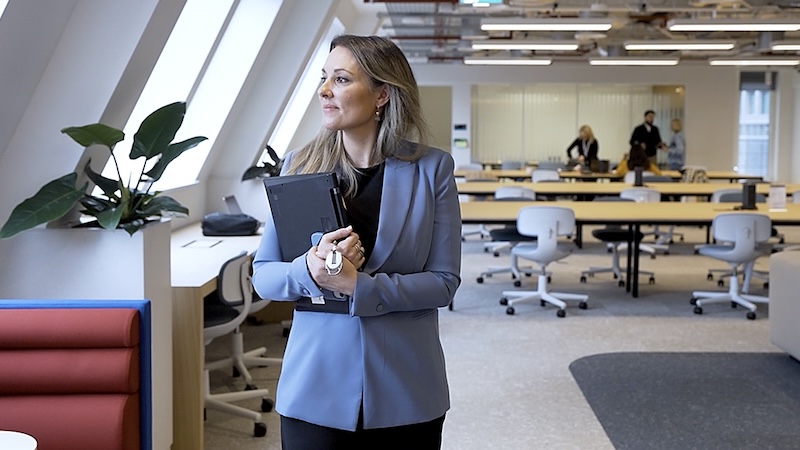SAN JOSE Calif., March 19, 2008 - Today, Nobel laureate Al Gore, Cisco CEO John Chambers and Cisco chief marketing officer Sue Bostrom, will host a virtual panel discussion on technology innovation and its impact on climate change. Utilizing Cisco® TelePresence, this event marks a technological breakthrough that showcases a new way of communicating and collaborating in which the panelists will appear as if they are in the same room even though they will be thousands of miles apart, addressing multiple audiences simultaneously.

This historic panel is open to the public via a free webcast and will be the featured keynote presentation at VoiceCon Spring 2008. To view the live discussion on Wednesday, March 19, at 11 a.m. ET (8 a.m. PT /15:00 GMT), go to www.cisco.com/offer/ecopanel. For more information about Cisco Green or to view a replay of the webcast, please visit http://newsroom.cisco.com/ciscogreen.
The discussion will be moderated from London by an ITN correspondent Lawrence McGinty, with Sue Bostrom onstage at VoiceCon, a leading conference for the communications industry, in Orlando, Fl., John Chambers joining virtually from Cisco headquarters in San Jose, Calif., and Al Gore from Nashville, Tenn. The discussion will also be displayed live to international audiences in London, Paris, Dubai, and Warsaw, creating a unique experience in which participants will be virtually sitting across the table from these high-profile leaders. By using Cisco TelePresence and avoiding unnecessary travel, Mr Gore, Mr Chambers and their staff will avoid approximately 4.2 metric tonnes of CO2 emissions based on current calculations performed by DOMANI, a sustainability management consulting firm, and the University of California, San Diego. This is equivalent to the amount of CO2 associated with the electricity use of one home for six months.
These influential leaders in technology and environmental stewardship will discuss the top technology imperatives for the information technology (IT) industry in reducing greenhouse gases, describe the ways that collaborative technologies and workplace mobility can mitigate the growth of a company's carbon footprint and provide recommendations for companies and their employees who wish to reduce the effects of climate change. These discussion topics were formed as a direct result of public inquiries directed to Gore and Chambers in recent weeks.
"No one company or innovation will have enough impact to reverse global climate change," Gore said. "However, the technology industry has a strategic opportunity to lead the charge in helping businesses lower their carbon footprint by embracing IT innovations."
"We all have a role to play in addressing the world's most pressing environmental challenges," Chambers said. "At Cisco, we are taking steps to manage our own carbon footprint as well as creating technology solutions that are designed with the environment in mind. We believe that information technology, with the network as a 'green platform,' can transform how we approach the world's environmental challenges."
Cisco is committed to combining the power of innovation with collaboration to create the most sustainable model for addressing global climate change. Throughout the company's worldwide operations, Cisco has so far deployed more than 185 Cisco TelePresence rooms in more than 25 countries and over 85 cities worldwide. With usage averaging around 5 hours per day per room, compared to traditional video conferencing which is typically used less that 30 minutes per day per endpoint, Cisco estimates it has saved $100 million dollars in travel costs since deploying the technology in October 2006. For more information on the Cisco TelePresence solution, please visit: http://www.cisco.com/en/US/netsol/ns669/networking_solutions_solution_segment_home.html
To further quantify the environmental benefits of their products, Cisco today announced that DOMANI will work in concert with the University of California-San Diego, to calculate the carbon footprint of Cisco Unified Communications products, starting with Cisco TelePresence. With this information, Cisco will be able to help customers better calculate the contribution of technologies to their carbon-reduction plans.






